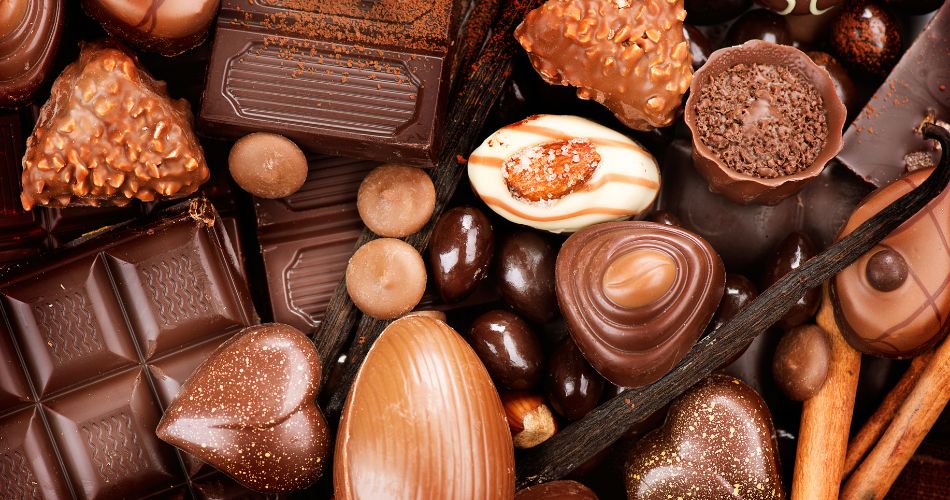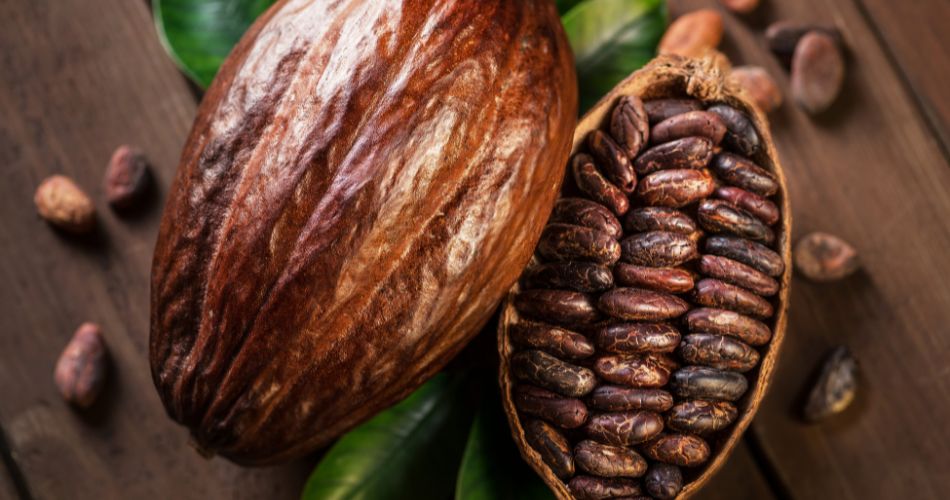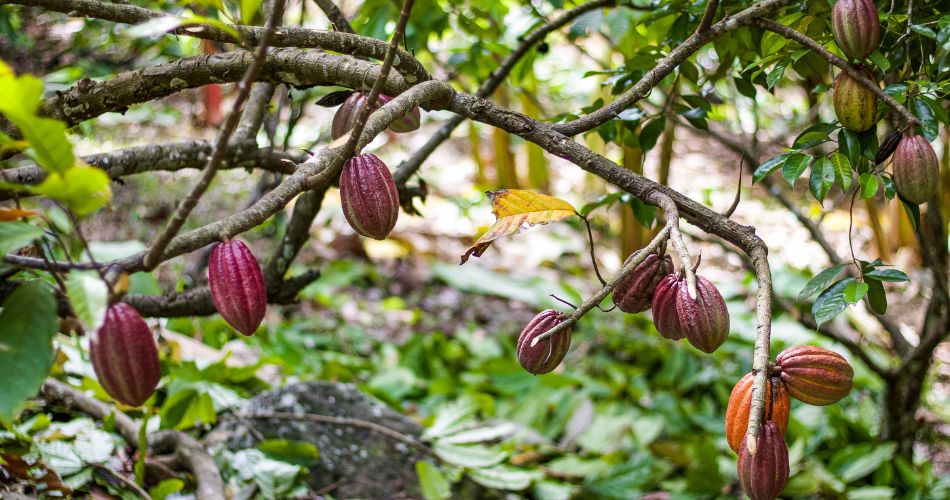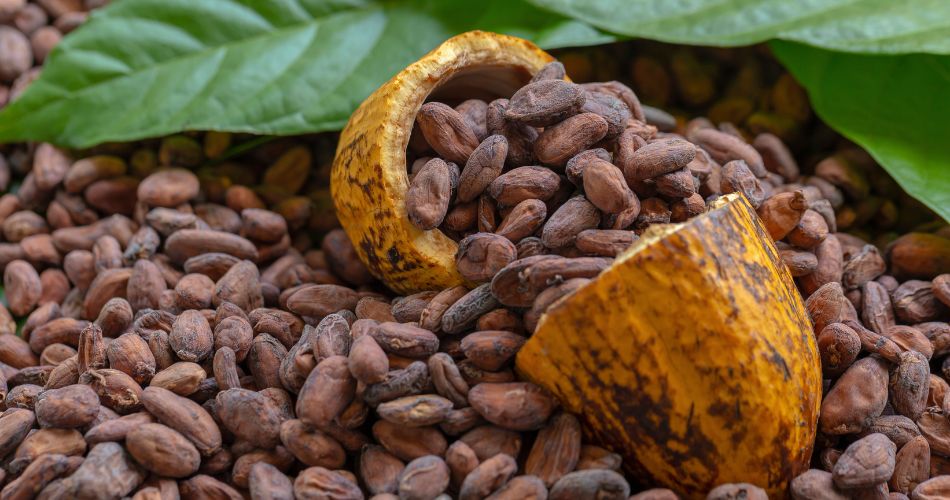World Chocolate Day, celebrated on July 7, is a sweet annual tribute marking the day chocolate was first introduced to Europe, around 1550. It’s a delightful excuse for chocolate lovers around the globe to indulge, learn, and appreciate the history behind this beloved treat.
History of World Chocolate Day
Chocolate’s journey began over 5,000 years ago in the rainforests of Latin America, where ancient cultures cultivated and cherished cacao as a sacred and medicinal. By 1550, Spanish explorers had brought cacao to Europe, where it evolved from a bitter ceremonial drink into the sweet, global sensation we know today.
The modern observance of World Chocolate Day began in 2009, as confectionery enthusiasts designated July 7 to celebrate chocolate’s European debut. Since then, it has spread worldwide, inspiring chocolate-themed celebrations, promotions, and educational events every year .
Why is World Chocolate Day important?
Chocolate does more than satisfy cravings—it’s a cultural catalyst. Its transformation from a sacred bean to a mass-consumed delicacy reflects trade, innovation, and societal change across centuries. Celebrating this day reminds us of the journey and labor—from the hands that harvest cacao pods to the artisans who craft our bars.
It also brings focus to sustainability issues. With over 40 million people depending on cocoa farming and deforestation threatening cacao-growing regions, this day urges responsible consumption and support for ethical production practices.
- Reminds us of chocolate’s rich cultural and economic history
- Honors the millions whose livelihoods depend on cocoa
- Encourages awareness of deforestation and ethical sourcing
- Brings people together through shared indulgence and joy
- Celebrates chocolate’s role in global trade and innovation
Interesting facts about chocolate

- One cacao tree produces enough beans annually for only about half a kilogram (about 1 pound) of chocolate.
- Cacao trees (Theobroma cacao) are native to Central and South America and grow in tropical climates within 20° of the Equator.
- Each cacao tree produces pods that contain 20 to 50 cacao beans, which are fermented, dried, roasted, and ground to make chocolate.

- Cacao pods grow directly on the trunk and large branches—this is called cauliflory.
- The name Theobroma means “food of the gods” in Greek.
- Dark chocolate contains antioxidants such as flavonoids, which may benefit heart health.
- Cacao was used as currency by the ancient Maya and Aztec civilizations and consumed as a bitter drink.

- Ivory Coast and Ghana are the world’s top cacao-producing countries, accounting for over 60% of global supply.
- Milk chocolate, invented in the 19th century, blends cacao with milk powder and sugar—popularized by brands like Nestlé and Cadbury.
- Ethical cocoa production is a growing concern, with Fair Trade and Rainforest Alliance programs aiming to combat child labor and promote sustainability.

How to Celebrate World Chocolate Day
Start your day with a chocolate-inspired breakfast—perhaps hot cocoa or chocolate-dipped fruit. Then explore chocolate’s story: read about its origins, farming methods, or the process from bean to bar. It adds depth to every delicious bite.
You could also host a mini tasting party: invite friends or family to sample different chocolates—dark, milk, or flavored—and discuss textures, origins, and taste notes. It’s a relaxed way to savor variety and learning together.
- Start with a chocolatey breakfast—say hot cocoa with your meal
- Taste-test chocolates from different regions or percentages
- Try making a simple chocolate recipe at home
- Share your chocolate day on social media with photos and thoughts
- Support ethical cocoa by purchasing Fair Trade or single-origin bars
Holiday Dates Table
| Year | Date | Day |
|---|---|---|
| 2025 | July 7 | Monday |
| 2026 | July 7 | Tuesday |
| 2027 | July 7 | Wednesday |
| 2028 | July 7 | Friday |
| 2029 | July 7 | Saturday |
Subscribe to our newsletter and never miss a holiday again!

